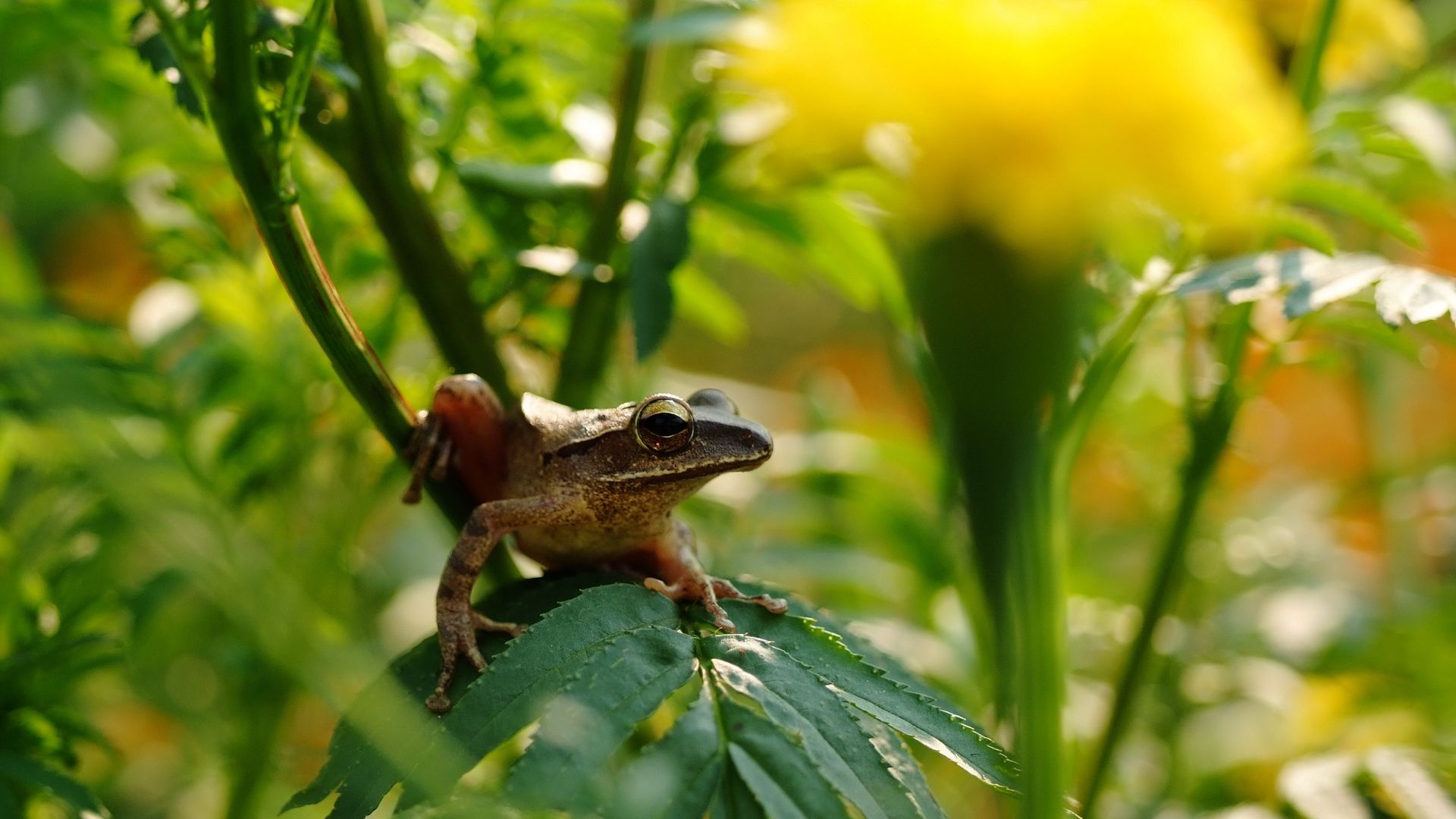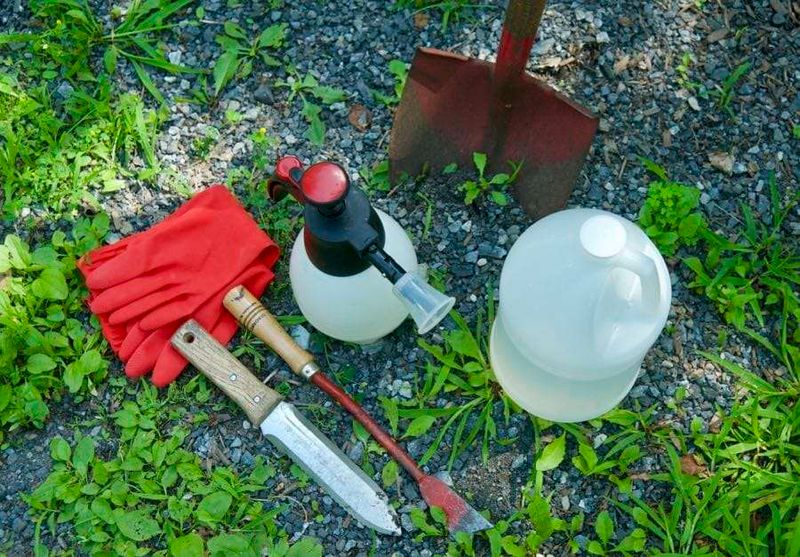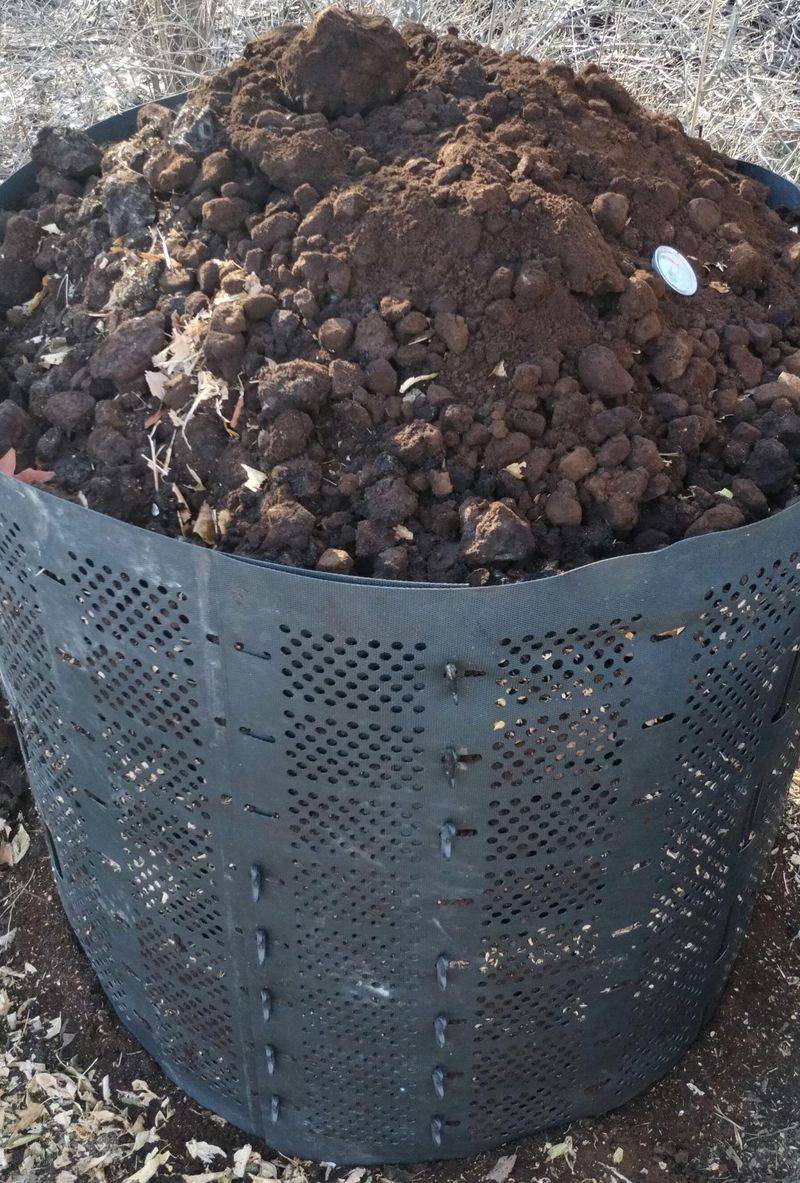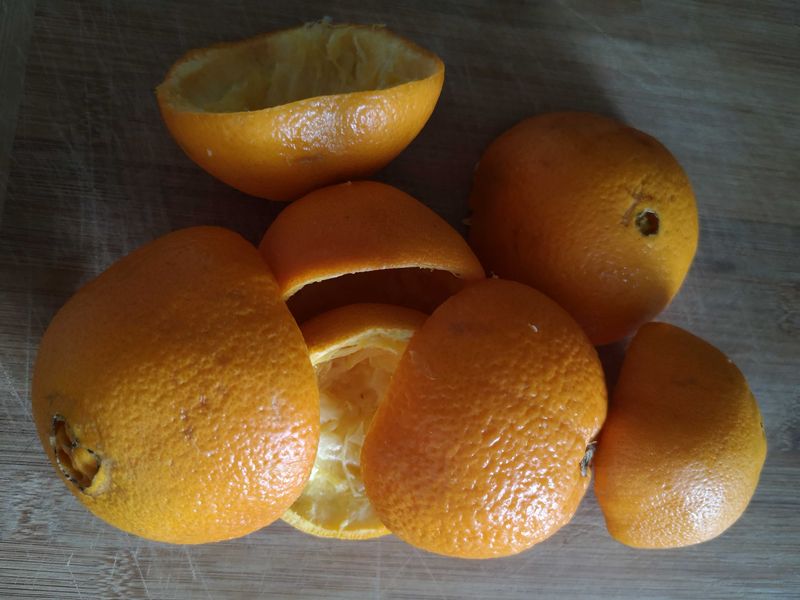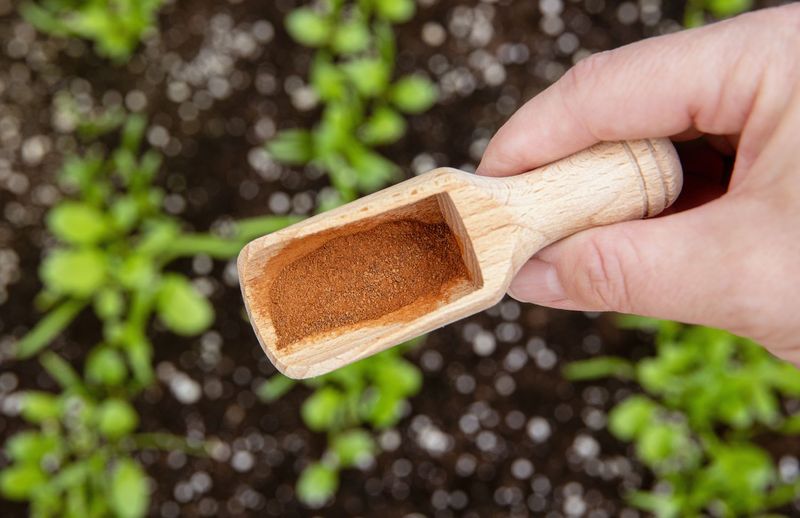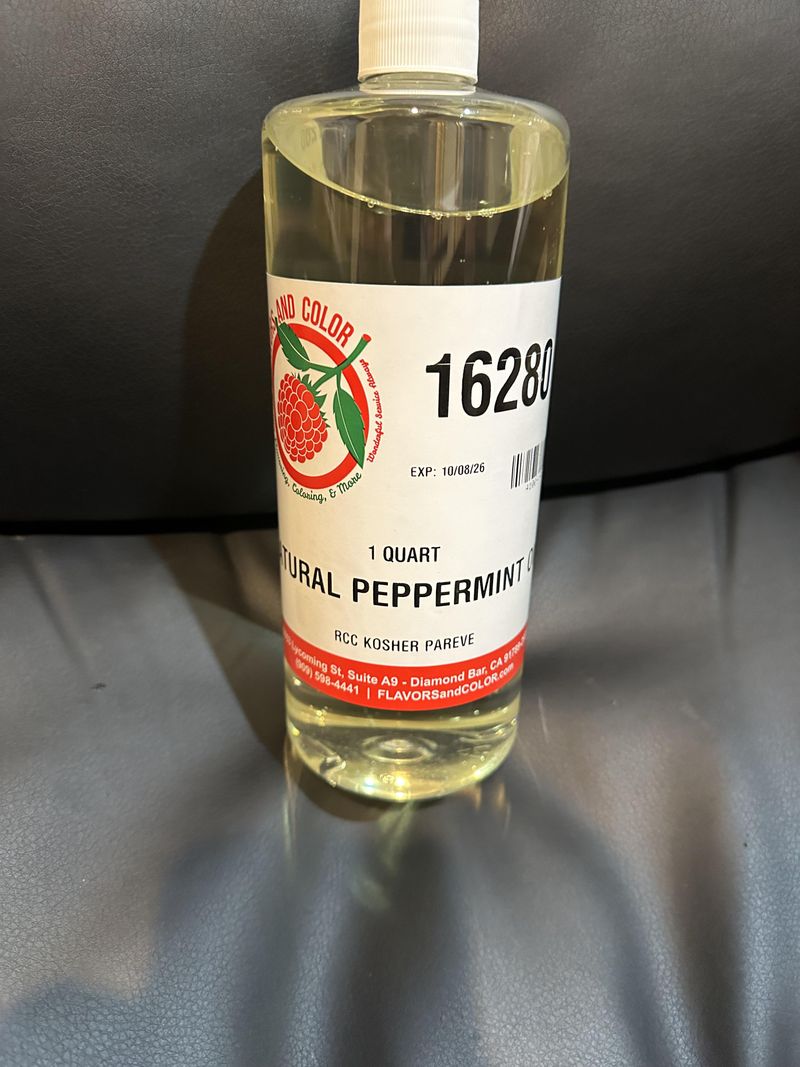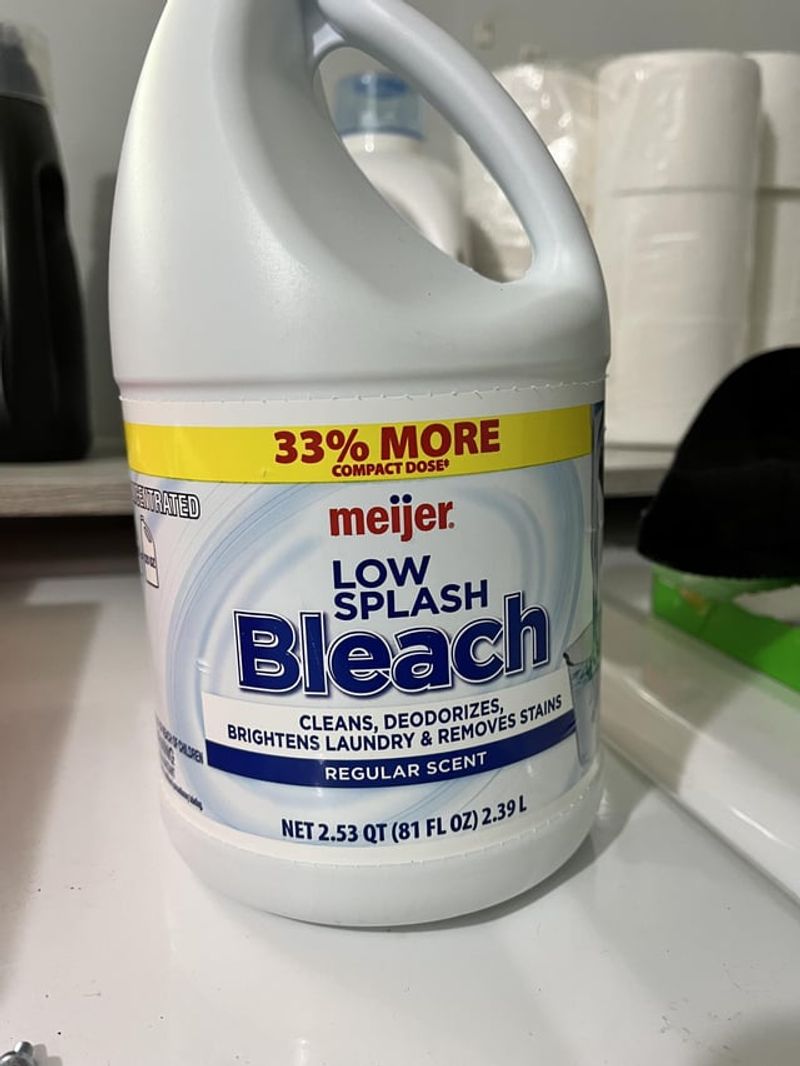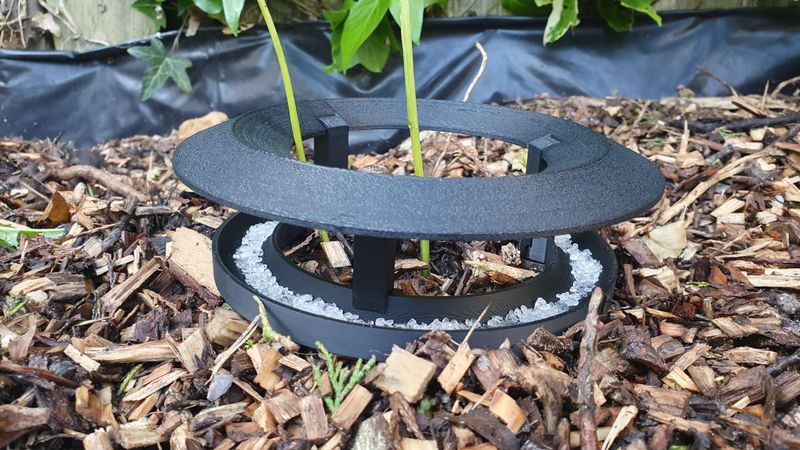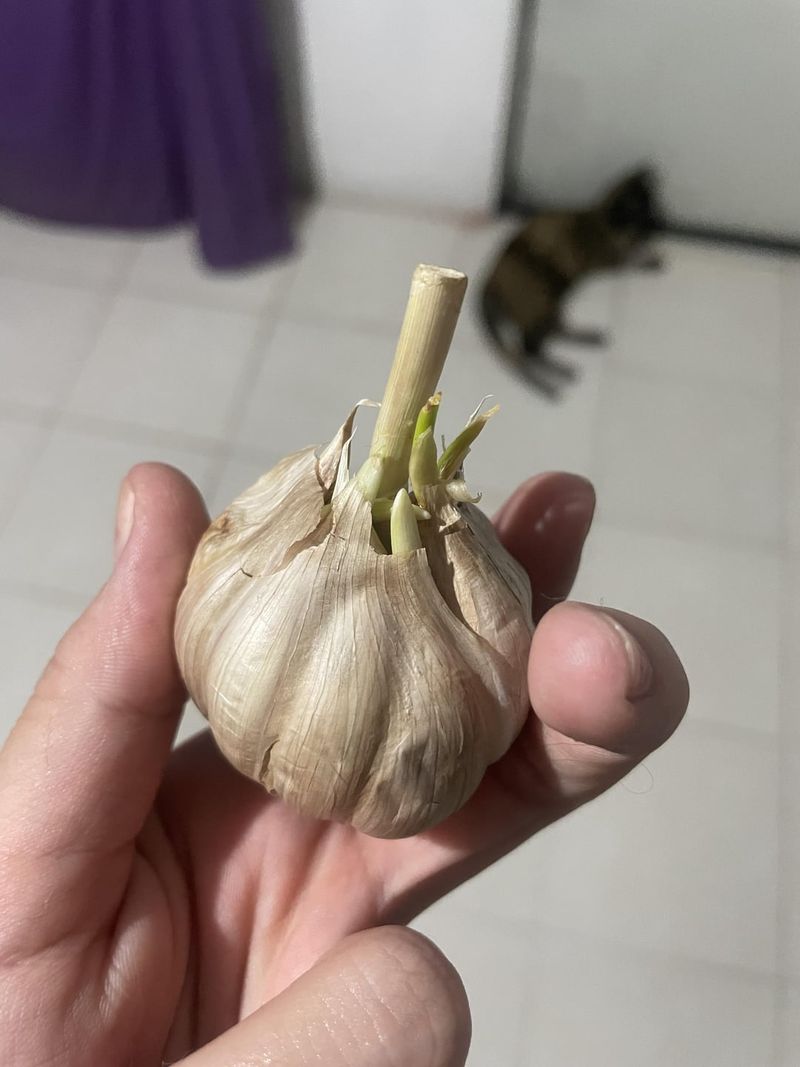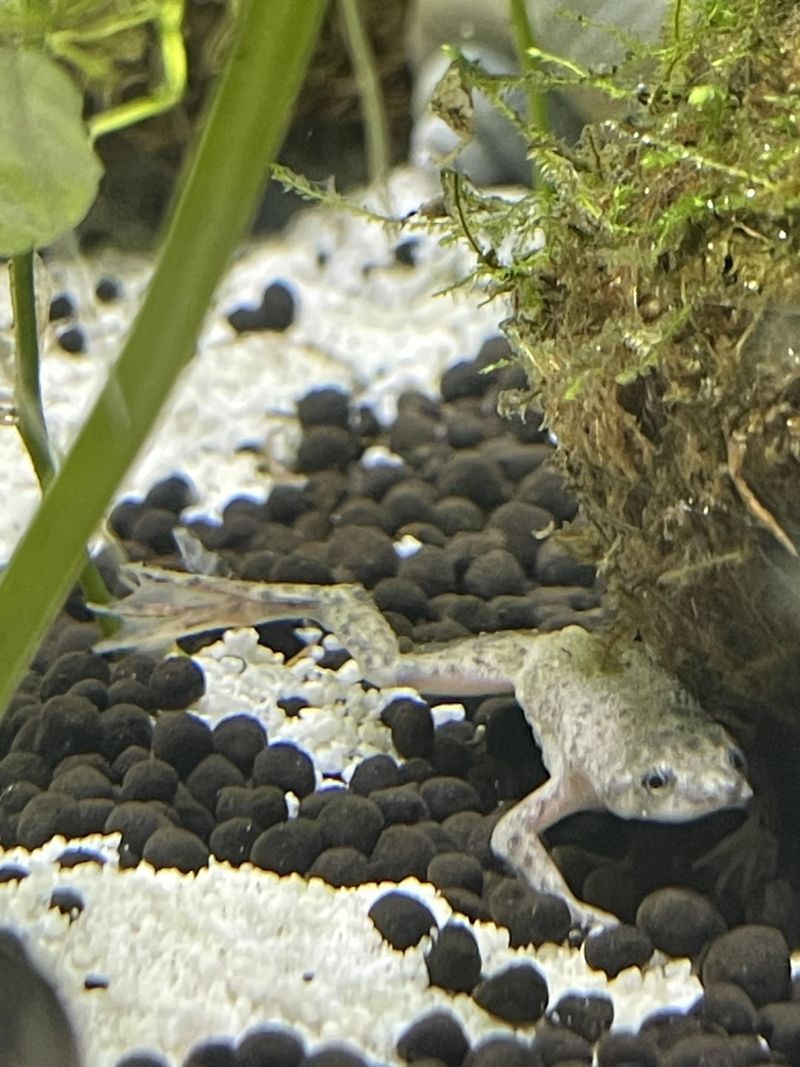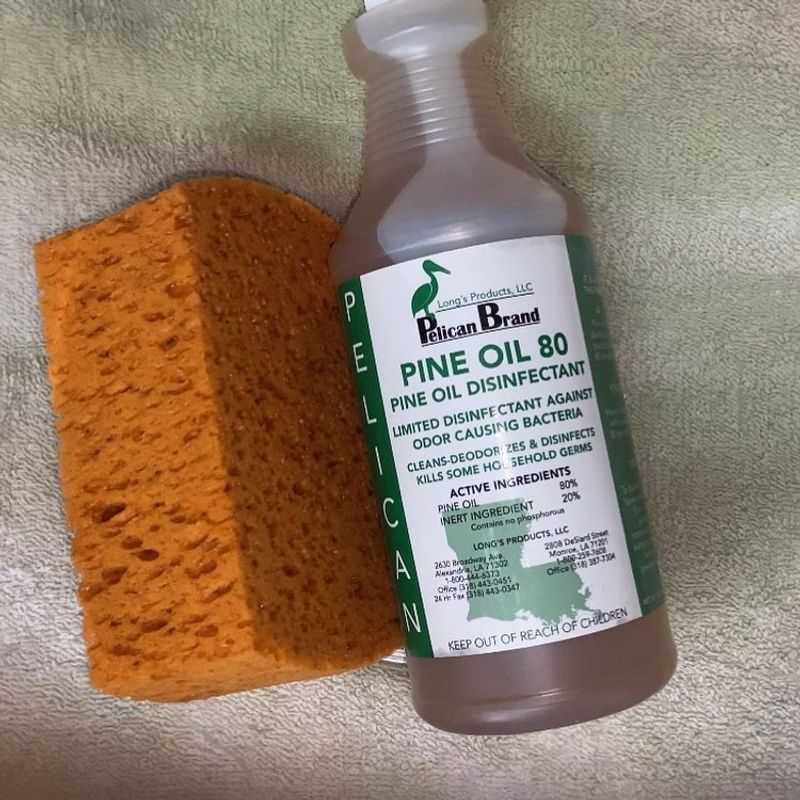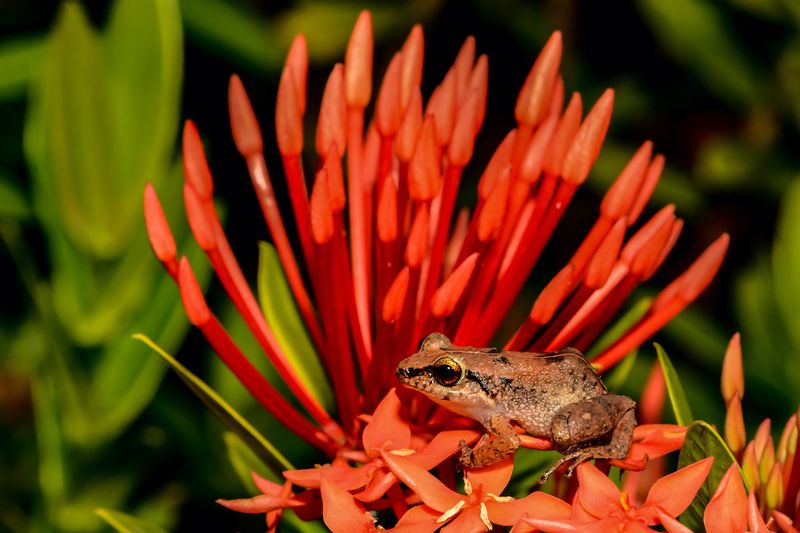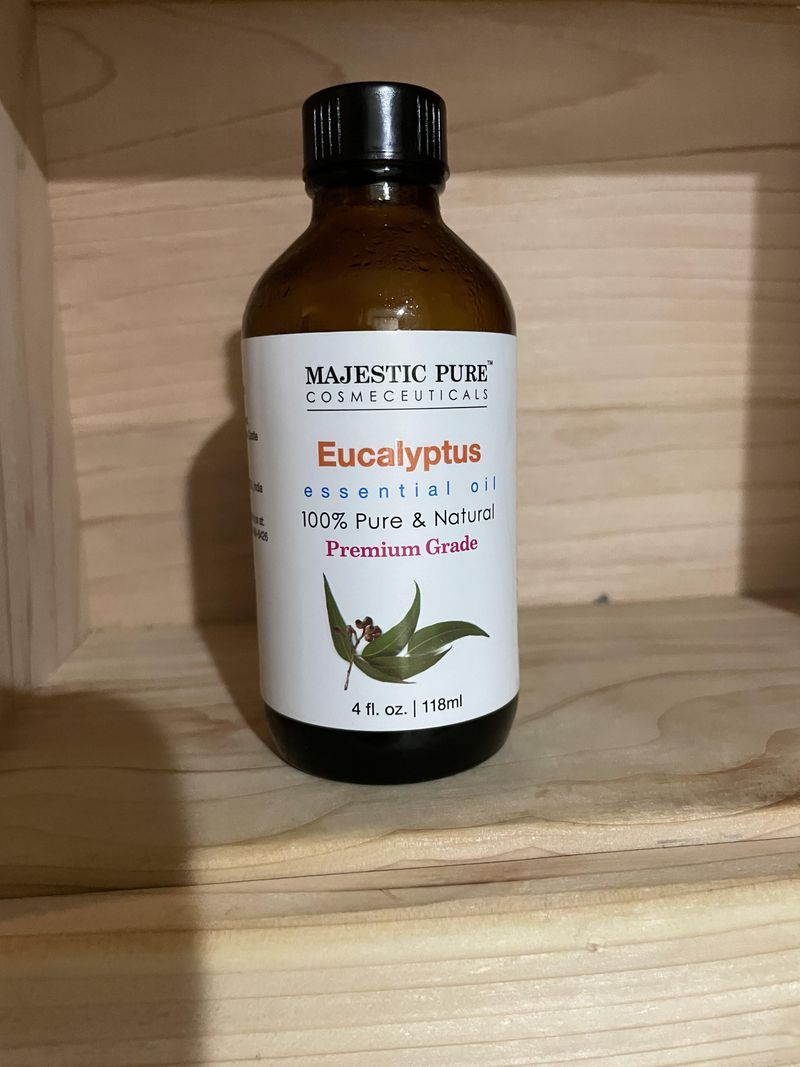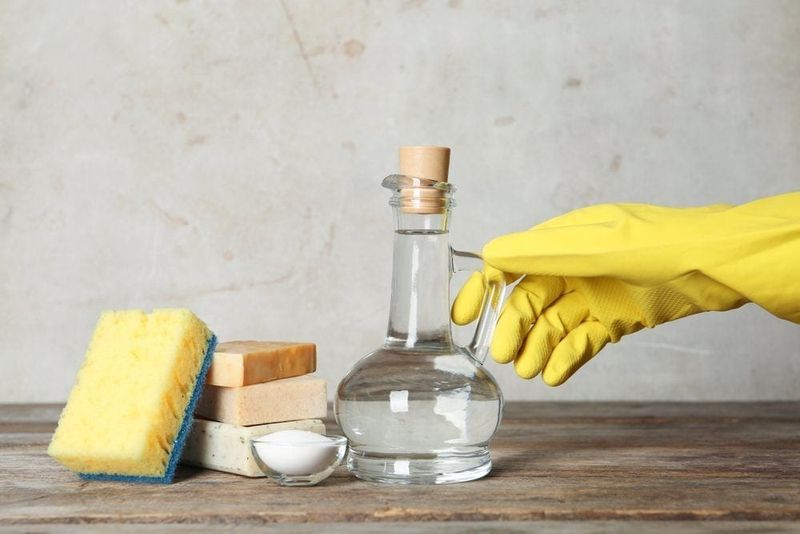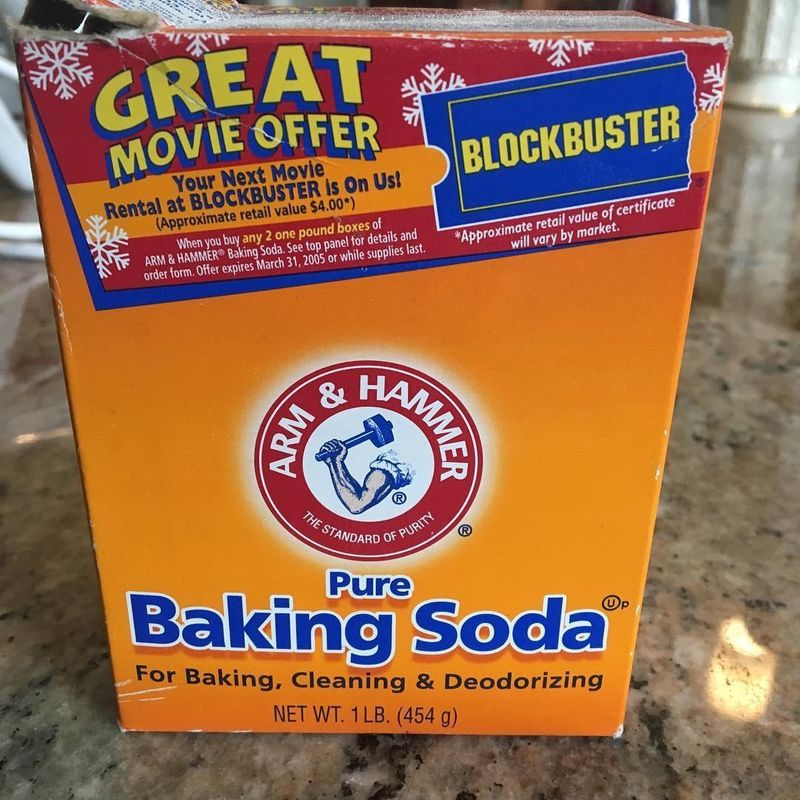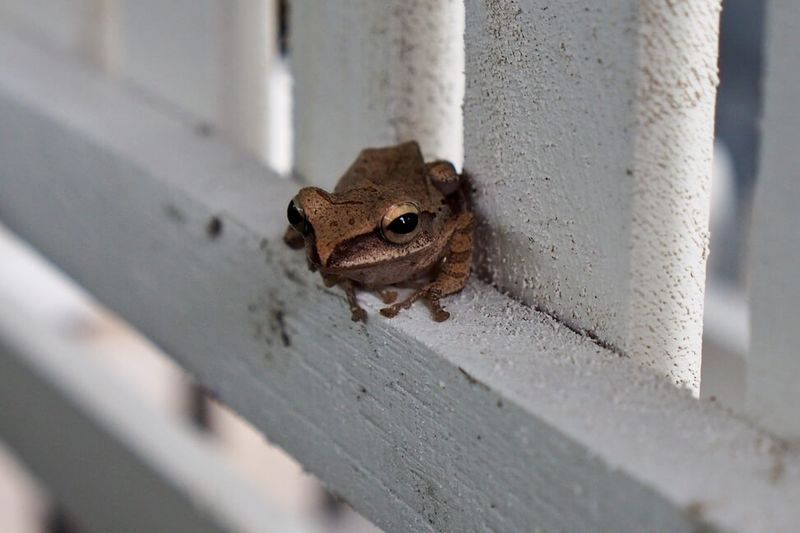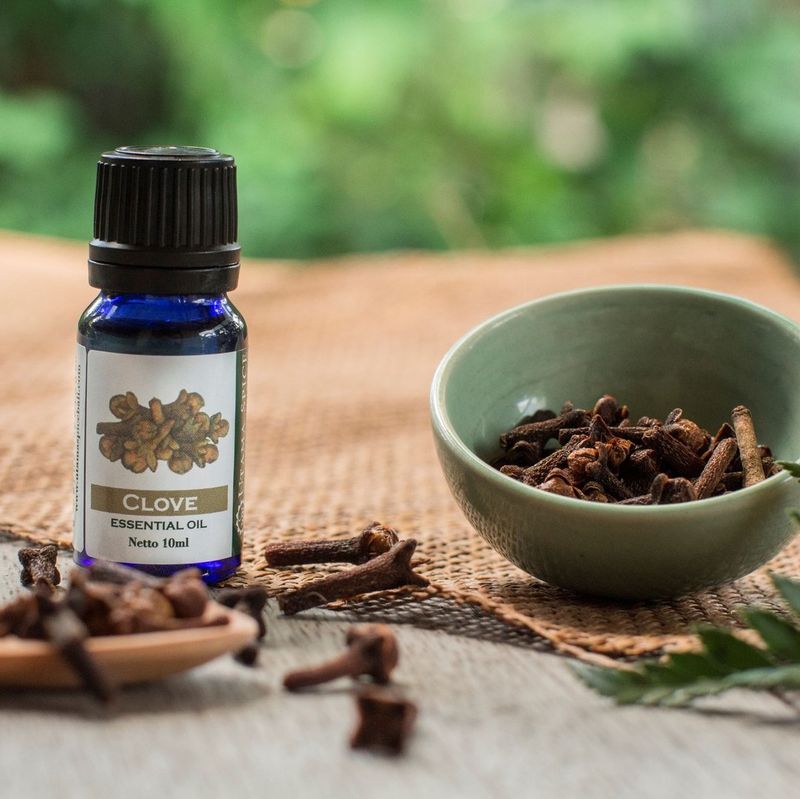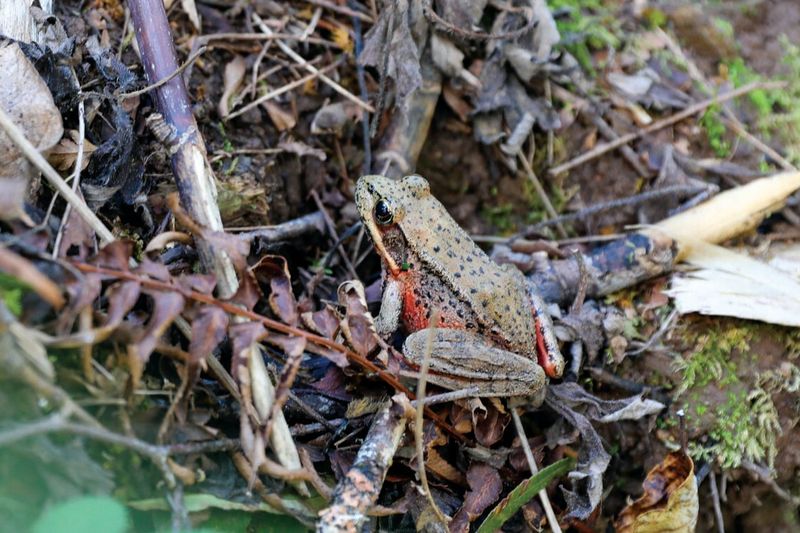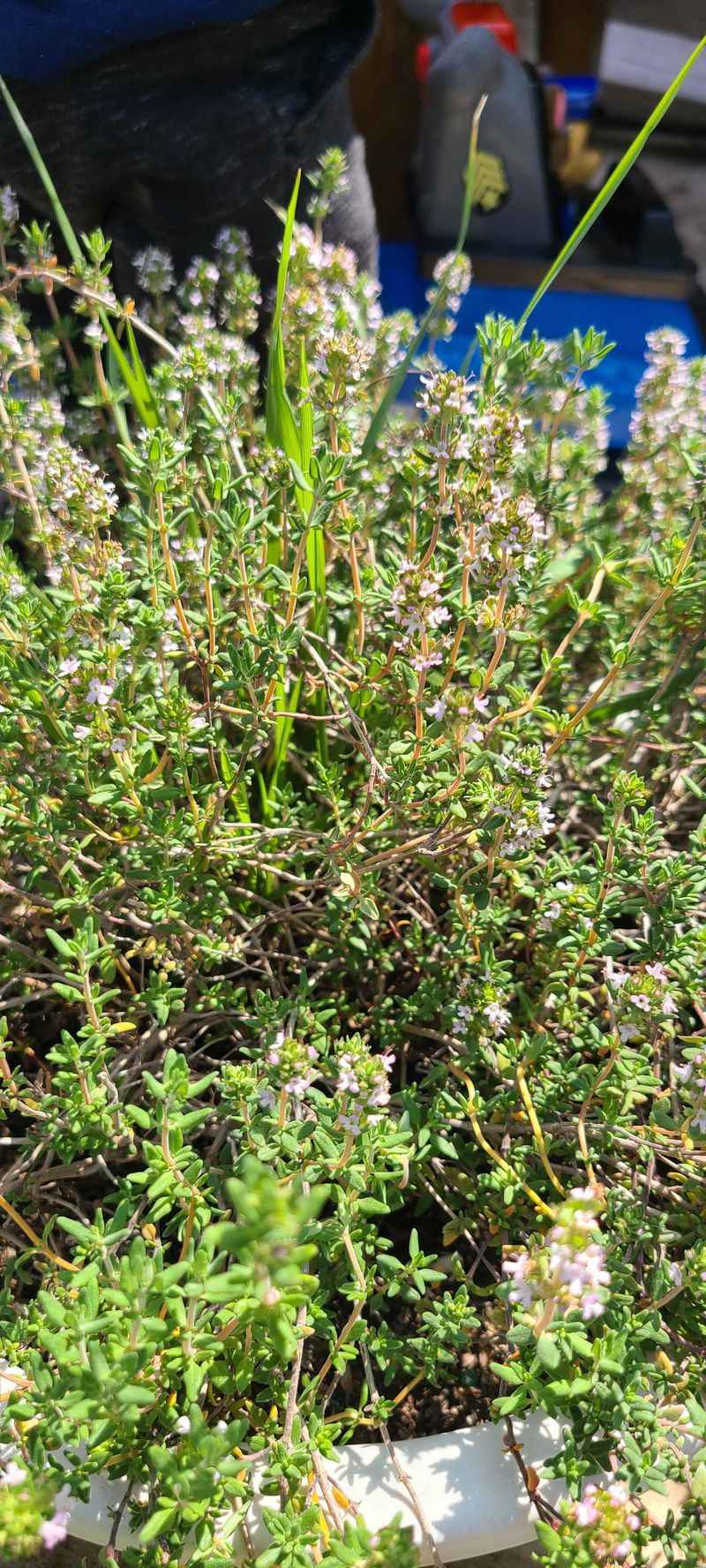Frogs can be cute—until they’re not. I used to love hearing them croak in the distance, but when they started taking over my porch steps and leaving droppings everywhere, it was a different story. Turns out, you can keep them away without hurting them or disrupting your garden vibe.
Because frogs have such sensitive skin and a strong sense of smell, certain natural scents are enough to convince them to hop elsewhere. I tried a few of these gentle methods around planters and patio corners, and they worked surprisingly well.
If you’re dealing with more frogs than you bargained for, using these scents can be a kind and effective way to make your space less inviting. No chemicals, no stress—just a peaceful garden without the surprise leaps.
1. Vinegar
The sharp acidic nature overwhelms a frog’s sensitive skin receptors, creating an environment they find unbearable. Their permeable skin absorbs substances easily, making acidic compounds particularly offensive.
Simply mix equal parts white vinegar and water in a spray bottle and apply it around the perimeter of areas you want to protect. The solution works best when refreshed every few days.
I’ve found that spraying this mixture around my pond edges keeps frogs away while being gentle enough on my plants. Just avoid direct application on delicate foliage as it might cause some browning.
2. Coffee Grounds
Caffeine compounds irritate amphibian skin, making these grounds naturally repulsive to our hopping friends. The grainy texture also creates an uncomfortable surface they prefer to avoid crossing.
Scatter used coffee grounds generously around garden borders or areas where frogs frequently appear. After brewing your morning cup, those grounds become an effective barrier rather than waste.
The first time I tried this around my vegetable garden, the frog population noticeably decreased within days. Plus, coffee grounds add nitrogen to soil, making this solution beneficial for plants too!
3. Citrus Peels
The natural oils in citrus fruits contain compounds like d-limonene that create an intense sensory overload for frogs. Their permeable skin absorbs these oils readily, causing immediate discomfort without lasting harm.
Save orange, lemon, or grapefruit peels after eating the fruit. Scatter fresh peels around your garden, porch steps, or pond edges where frogs tend to gather.
My neighbor thought I was crazy collecting citrus peels until she saw how effectively they cleared her patio of frogs. The bonus is that your outdoor space smells wonderfully fresh while deterring these amphibians.
4. Cinnamon
The potent aromatic compounds in cinnamon create a burning sensation when they contact a frog’s moist skin. These amphibians breathe partially through their skin, making strong spices particularly overwhelming.
Sprinkle ground cinnamon around the foundation of your home or garden beds. For stronger protection, mix cinnamon oil with water in a spray bottle for application on vertical surfaces.
During last summer’s frog invasion, I created a cinnamon barrier around my basement windows. The approach worked surprisingly well, though I needed to reapply after heavy rain.
5. Peppermint Oil
The menthol compounds in peppermint create an intense cooling sensation that overwhelms a frog’s sensitive skin receptors. Their permeable skin makes them particularly vulnerable to concentrated essential oils.
Mix 10-15 drops of peppermint oil with water in a spray bottle and apply around doorways, windows, or garden perimeters. Cotton balls soaked in diluted peppermint oil also work well in smaller spaces.
When frogs started invading my garden shed, I tried this solution around the doorway. The minty barrier kept them out completely, though the scent was strong enough that I could smell it from several feet away.
6. Bleach
The chlorine compounds in bleach are highly irritating to amphibian skin and respiratory systems. Even diluted bleach creates an environment frogs instinctively avoid to protect themselves.
Use extreme caution with this method. A very diluted solution (1 part bleach to 10 parts water) can be sprayed on non-living surfaces like concrete or wood where frogs gather.
This solution worked instantly when I applied it to my porch steps, but I switched to more environmentally friendly options for garden areas. The harsh chemicals can damage plants and potentially harm beneficial insects.
7. Salt
Salt creates an osmotic imbalance that draws moisture from a frog’s permeable skin. This dehydrating effect makes salted areas immediately uncomfortable without causing permanent harm if the frog retreats quickly.
Create salt barriers by sprinkling a thin line around areas you want to protect. Table salt works fine, though rock salt creates a more durable barrier that won’t dissolve as quickly in humidity.
The salt line around my garden shed entrance has been remarkably effective. Just remember to refresh it after rain and keep it away from plant roots, as salt can damage vegetation.
8. Garlic
The sulfur compounds in garlic create an intense sensory experience that frogs find overwhelming. Their sensitive mucous membranes and skin absorb these compounds readily, triggering an avoidance response.
Crush several garlic cloves and simmer them in water for 10 minutes. Once cooled, strain and spray the solution around problem areas, refreshing every few days or after rain.
My vegetable garden stayed frog-free all season using this spray around its perimeter. The garlic scent fades quickly for humans but remains detectable to sensitive amphibian senses much longer.
9. Ammonia
The strong alkaline properties of ammonia create immediate discomfort for frogs’ sensitive skin. Their permeable skin cannot tolerate the harsh chemical nature of even diluted ammonia solutions.
Use with extreme caution. A small amount of household ammonia diluted in water can be applied to rags placed strategically in problem areas, away from plants and water sources.
This method cleared my tool shed overnight when nothing else worked. However, I only use it as a last resort in enclosed spaces since ammonia can harm beneficial garden creatures too.
10. Pine Oil
The terpenes in pine oil create a powerful sensory deterrent that frogs actively avoid. These compounds can irritate their sensitive skin and disrupt their ability to maintain proper moisture balance. Mix a few drops of pine essential oil with water in a spray bottle.
Apply to surfaces around your home’s foundation, garden edges, or other frog entry points. After trying several repellents, pine oil worked best for keeping frogs away from my basement window wells.
The woodsy scent is pleasant for humans but creates an invisible barrier that frogs won’t cross.
11. Cayenne Pepper
The capsaicin in cayenne creates an intense burning sensation when it contacts a frog’s moist skin. Their permeable skin absorbs this compound readily, triggering immediate retreat without causing permanent damage.
Mix cayenne powder with water to create a sprayable solution, or sprinkle the dry powder around problem areas. For stronger effects, steep cayenne in boiling water, cool, and spray the concentrated liquid.
The cayenne barrier around my koi pond successfully deterred frogs without harming the fish. Just be careful handling the mixture – wearing gloves prevents the uncomfortable burning sensation on your own skin.
12. Eucalyptus Oil
The strong aromatic compounds in eucalyptus overwhelm a frog’s sensitive olfactory system. Their skin readily absorbs these oils, creating an uncomfortable environment they instinctively avoid.
Place cotton balls soaked in diluted eucalyptus oil around entry points or problem areas. Alternatively, mix with water in a spray bottle for covering larger areas or vertical surfaces.
When frogs started congregating under my deck, eucalyptus-soaked cotton balls placed strategically solved the problem within days. The pleasant menthol scent was actually a nice bonus for my outdoor sitting area.
13. Vinegar And Lemon Mixture
This powerful combination creates a double sensory assault of acidity and citrus oils. The mixture is particularly effective because it targets multiple sensitivities in amphibian physiology simultaneously.
Combine equal parts white vinegar and lemon juice in a spray bottle. Apply around the perimeter of areas you want to protect, refreshing every few days or after rainfall.
My patio stayed completely frog-free all summer using this mixture around its edges. The solution does have a strong initial smell but dissipates quickly for humans while remaining effective against frogs.
14. Baking Soda
The alkaline nature of baking soda creates an uncomfortable environment for frogs’ sensitive skin. When they contact it, the powder disrupts their skin’s moisture balance, triggering an immediate avoidance response.
Sprinkle a line of baking soda around garden beds, porches, or other areas where frogs gather. Reapply after rain or every few days to maintain effectiveness.
This method saved my hostas from becoming a frog hangout last summer. Unlike some harsher chemicals, baking soda is gentle enough to use near sensitive plants and won’t harm beneficial garden insects.
15. Tea Tree Oil
The potent antimicrobial compounds in tea tree oil create an intense sensory experience that frogs find overwhelming. Their permeable skin readily absorbs these strong aromatic compounds, making treated areas instantly repellent.
Mix 10-15 drops of tea tree oil with water in a spray bottle. Apply to surfaces around entry points or areas where frogs congregate, being careful to avoid direct application on plants.
This solution worked remarkably well around my outdoor storage containers where frogs liked to hide. The scent is medicinal but not unpleasant for humans and creates an effective barrier against amphibian visitors.
16. Clove Oil
The eugenol in clove oil creates a powerful sensory deterrent that frogs actively avoid. This compound irritates their sensitive skin and disrupts their ability to regulate moisture, making treated areas immediately uncomfortable.
Mix a few drops of clove oil with water in a spray bottle. Apply around the perimeter of areas you want to protect, refreshing application after rainfall or every few days.
During last spring’s heavy rains, clove oil spray kept my covered porch frog-free when they were invading everywhere else. The spicy scent is actually quite pleasant for humans while creating an effective barrier.
17. Soap Solution
The surfactants in soap disrupt the delicate mucous layer that protects frogs’ skin. This creates immediate discomfort without causing permanent harm if the frog retreats quickly from the treated area.
Mix a few drops of dish soap in water and spray around problem areas. The solution works best when applied to surfaces rather than directly on soil or plants.
This simple mixture kept frogs away from my trash can area for weeks. I was surprised how effective such a mild solution could be, though it does need reapplication after heavy dew or rainfall.
18. Thyme Oil
The thymol compounds in thyme oil create an intense sensory experience that overwhelms frogs’ sensitive skin receptors. Their permeable skin absorbs these compounds readily, making treated areas immediately uncomfortable.
Place cotton balls soaked in diluted thyme oil around entry points or problem areas. For larger spaces, mix a few drops with water in a spray bottle and apply to surfaces where frogs gather.
When frogs started invading my greenhouse, thyme oil-soaked cotton balls at the door threshold solved the problem overnight. The herbaceous scent is actually quite pleasant for gardening but creates an effective amphibian barrier.

